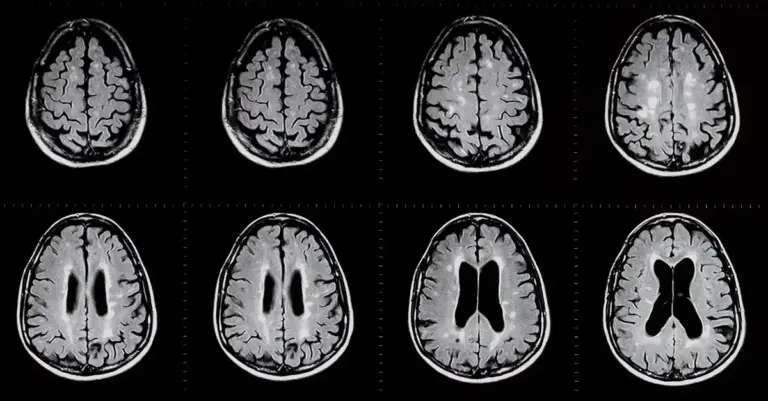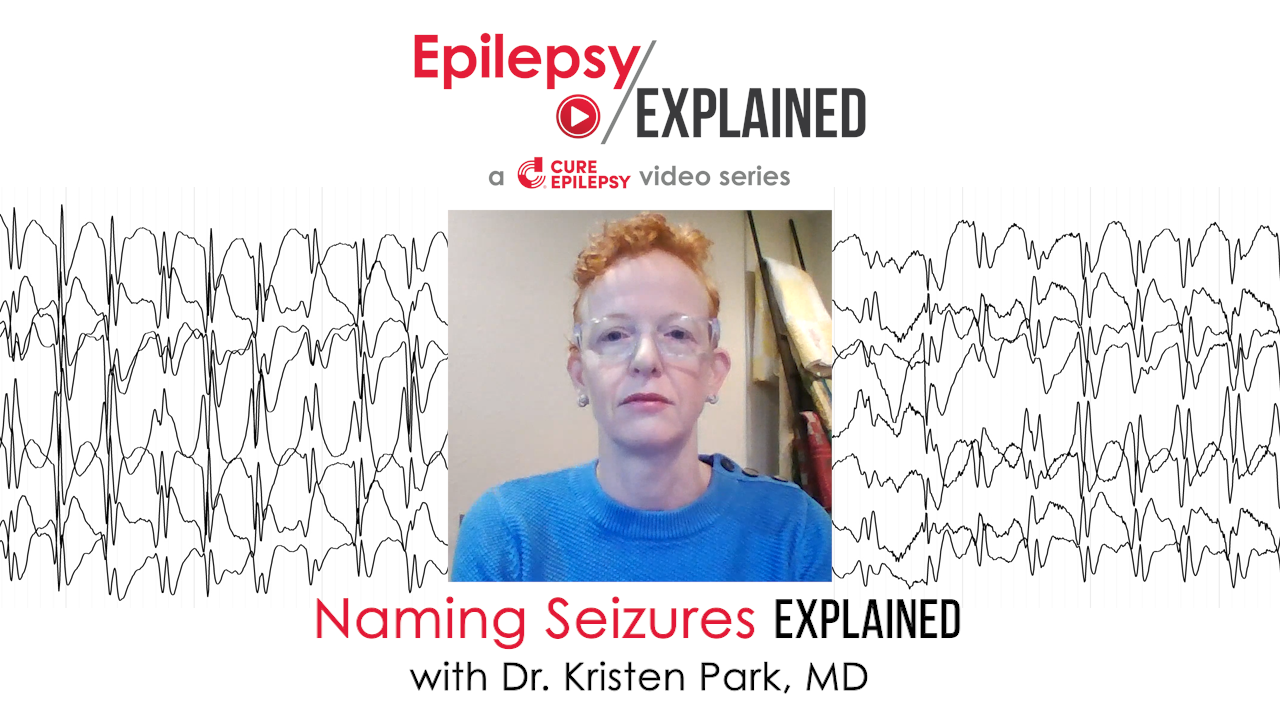Understanding Epilepsy Main Menu
Table of Contents:
- What is a Seizure?
- What happens during a seizure?
- Before the Seizure: Prodromal Phase (Predome)
- During the Seizure: Early Ictal and Ictal Phases
- After the Seizure: Post Ictal Phase
- Seizure Symptoms
What is a Seizure?
A seizure is an electrical disturbance that interferes with normal brain function. It occurs when abnormal electric signals from the brain change the way the body functions. The way that a seizure presents itself can vary a lot between people with epilepsy, depending upon the type of seizures they experience and their particular form of epilepsy.
What happens during a seizure?
In order to better understand what is occurring in the brain when a seizure occurs, it is helpful to understand the four distinct phases of a seizure. On this page, you’ll learn about each phase, including what makes them different, when they might occur, and common symptoms that a person with epilepsy might experience.
The four phases of seizure are:
- Prodromal
- Early ictal (the “aura”)
- Ictal
- Postictal
Before the Seizure: Prodromal Phase (Predome)
The prodromal phase is a subjective feeling or sensation that can occur several hours or even days before the actual seizure. Prodromal is defined as the period from when early symptoms begin to before the more obvious, diagnosable symptoms begin.
Predome Symptons
The most common symptoms of a prodrome include confusion, anxiety, irritability, headache, tremor, and anger or other mood disturbances.[3]
About 20% of individuals with epilepsy experience this stage,3 which may serve as a warning sign of seizure onset for those who experience it. Individuals experiencing the prodromal phase may even consider this phase empowering, as they may be warned of an impending seizure.[3]
Unlike an aura (defined below), this stage is not considered part of the seizure.
During the Seizure: Early Ictal and Ictal Phases
For many people with epilepsy, the earliest sign of seizure activity is an aura. Although it has traditionally been thought of as a warning of an oncoming seizure, an aura is the earliest sign of seizure activity and the beginning of the ictal phase.[3]
Early Ictal (The Aura)
It is reported that as many as 65% of people with epilepsy experience auras. Much like the prodrome, not everyone with epilepsy has auras, though they are common. For those who do, the specific symptoms vary depending on seizure type, severity, and affected brain region. Some common symptoms include: [4-7]
- Bitter, acidic taste
- Déja Vu (feeling of familiarity with a person, place, or thing without having experienced it)
- Dizziness
- Flickering vision
- Hallucinations
- Head, arm, or leg pain
- Jamais vu (feeling of unfamiliarity with a person, place, or thing despite having already experienced it)
- Nausea/stomachache
- Numbness
- Out-of-body sensation
- Ringing or buzzing sounds
- Strange, offensive smells
- Strong feelings of joy, sadness, fear, or anger
- Subtle arm or leg twitching
- Tingling
- Vision loss or blurring
Using the 2017 updated International League Against Epilepsy (ILAE) seizure classification system discussed here, an aura would be called a focal aware seizure. An aura can remain localized or progress to other areas of the brain with the person’s awareness becoming impaired to varying degrees. The aura can also spread to both hemispheres of the brain, becoming a focal to bilateral seizure (formerly called a secondarily generalized seizure) within seconds to minutes after onset. [5, 8]
The ictal phase includes the time between the beginning (aura, if present) and the end of the seizure.
Ictal Phase
This is the stage of the seizure that most people are familiar with and would identify as a seizure. This stage manifests in different ways for each person with epilepsy. A person may experience a variety of symptoms, including but not limited to: [9]
- Arm or leg stiffening
- Chewing or lip-smacking
- Confusion
- Difficulty breathing
- Distractedness
- Drooling
- Eye or head twitching movement in one direction
- Hearing loss
- Inability to move or speak
- Loss of bladder and/or bowel control
- Memory lapses
- Numbness
- Pale/flushed skin
- Pupil dilation
- Racing heart
- Sense of detachment
- Strange sounds
- Sweating
- Tremors
- Twitching
- Unusual physical activity such as dressing/undressing
- Vision loss, blurring, flashing vision
- Walking/running
After the Seizure: Post Ictal Phase
The recovery period following a seizure is called the post-ictal phase. Some people recover immediately, while others may require minutes, hours or days to feel like they’re back at their baseline. The length of the post-ictal stage depends directly on the seizure type, severity, and region of the brain affected. Typical symptoms include:
- Arm or leg weakness
- Body soreness
- Confusion
- Difficulty finding names or words
- Drowsiness
- Feelings of fear, embarrassment, or sadness
- General malaise
- Headaches/migraines
- Hypertension
- Memory loss
- Nausea
- Thirst
Seizure Symptoms
Seizure signs and symptoms can vary widely depending on the individual, as well as the type, severity, and stage of the seizure. Some seizures are noticeable to others, while some are not. Typically, seizures last between 30 seconds and 2 minutes. However, if a seizure lasts more than 5 minutes, seeking medical attention is crucial.
Visit our Seizure Symptoms page to learn more.
Stay in touch
Get more educational content right in your inbox.
References:
- Besag FMC, Vasey MJ. Prodrome in epilepsy Epilepsy Behav. 2018 Jun;83:219-233.
- Boylan LS, Labovitz DL, Jackson SC, Starner K, Devinsky O. Auras are frequent in idiopathic generalized epilepsy Neurology. 2006 Jul 25;67:343-345.
- Dugan P, Carlson C, Bluvstein J, Chong DJ, Friedman D, Kirsch HE, et al. Auras in generalized epilepsy Neurology. 2014;83:1444-1449.
- Nakken KO, Solaas MH, Kjeldsen MJ, Friis ML, Pellock JM, Corey LA. The occurrence and characteristics of auras in a large epilepsy cohort Acta Neurol Scand. 2009 Feb;119:88-93.
- Johanson M, Valli K, Revonsuo A, Wedlund JE. Content analysis of subjective experiences in partial epileptic seizures Epilepsy Behav. 2008 Jan;12:170-182.
- Falco-Walter JJ, Scheffer IE, Fisher RS. The new definition and classification of seizures and epilepsy Epilepsy Res. 2018 Jan;139:73-79.
- Mula M. Epilepsy-induced behavioral changes during the ictal phase Epilepsy Behav. 2014 Jan;30:14-16.







